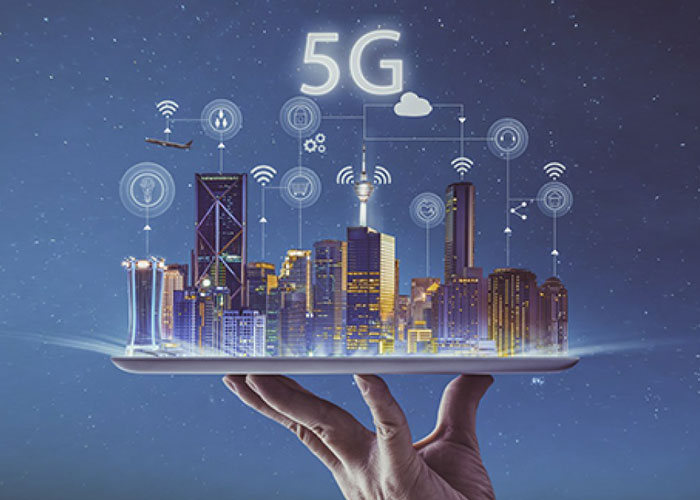
-
Recent Posts
Categories
Archives
The main advantages of the 5G are a greater speed in the transmissions, a lower latency a greater number of connected devices and the possibility of implementing virtual networks (network slicing).
Latency is the time that elapses since we give an order on our device until the action occurs. In 5G the latency will be ten times less than in 4G. This low latency will make it possible to control the machinery of an industrial plant, control logistics or remote transport, surgical operations in which the doctor can intervene a patient who is at another side of the world with the help of precision instrumentation managed remotely or the complete control of remote transport systems, automated and without driver.
Speed in transmissions can approach 20 Gbps. By being able to enjoy a higher speed we can access files, programs and remote applications in a faster and convenient way. By intensifying the use of the cloud, all devices such as smartphones, wearable devices, laptops, etc.) Therefore, there will be no need to store the information in the device but rather on the cloud.
The 5G also allows to implement virtual networks (network slicing), create subnets, in order to provide connectivity more adjusted to specific needs. The creation of subnetworks will give specific characteristics to a part of the network, being a programmable network and will allow to prioritize connections, applying for example different latencies or prioritizing them in the connection to the network so that they can’t be affected by possible overloads of the mobile network.
With 5G the number of devices that can be connected to the network increases greatly, it will go to millionaire scale per square kilometer. All connected devices will have access to instant connections to the internet, which in real time will exchange information with each other. This will favor the IOT. This greater number of connected devices will allow the smart cities and the autonomous car.
